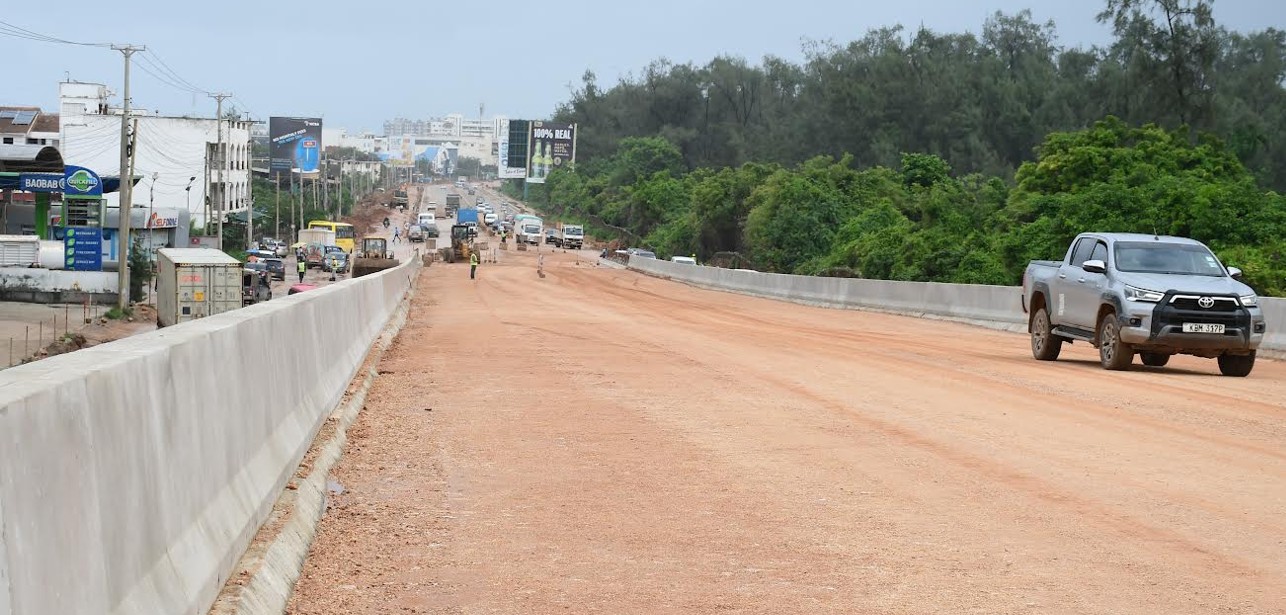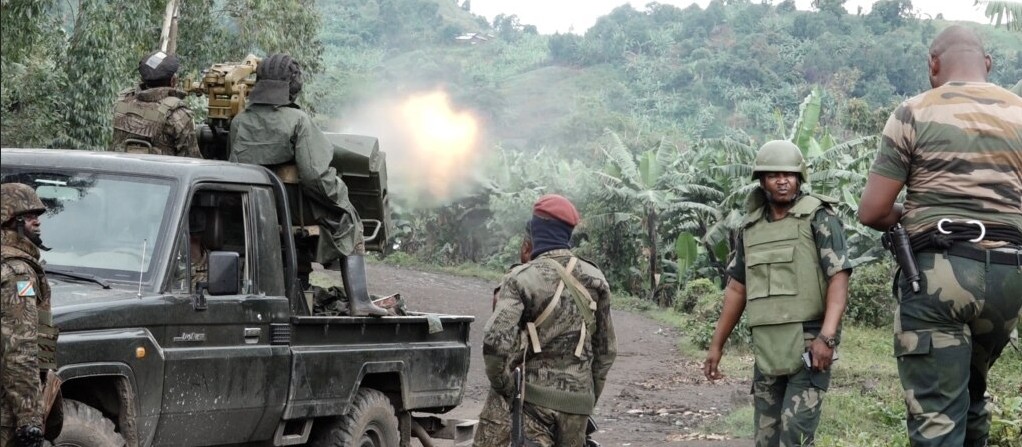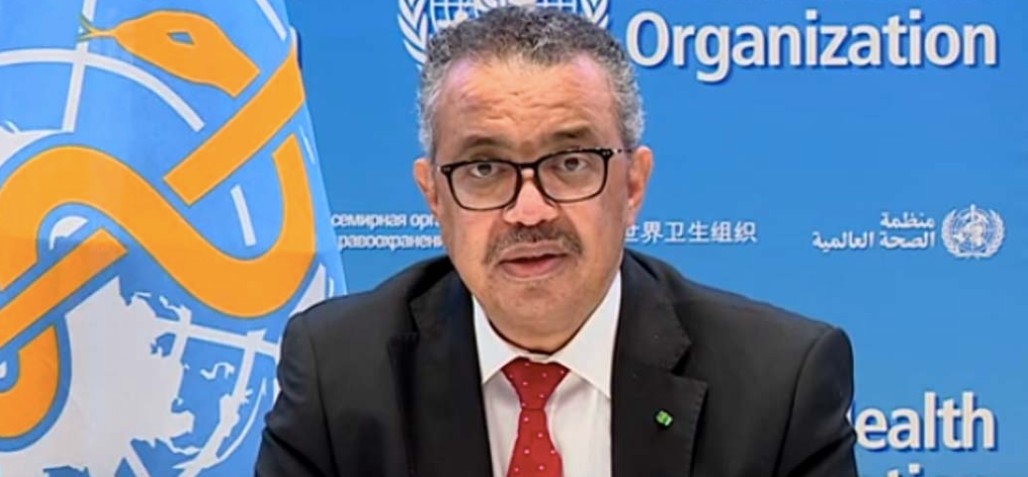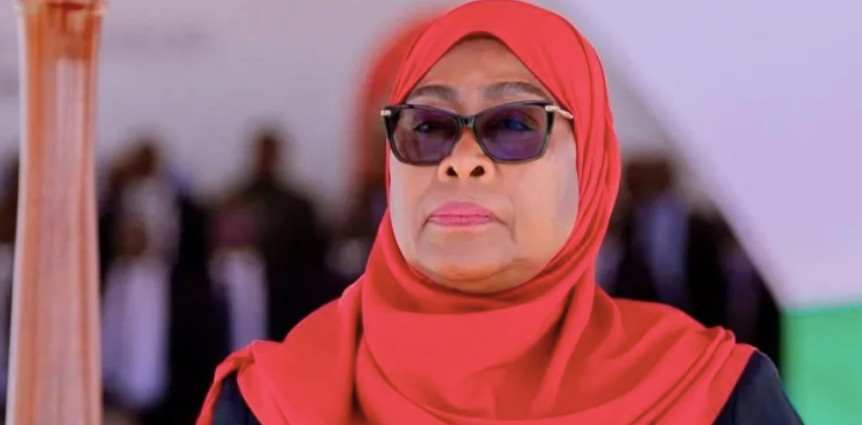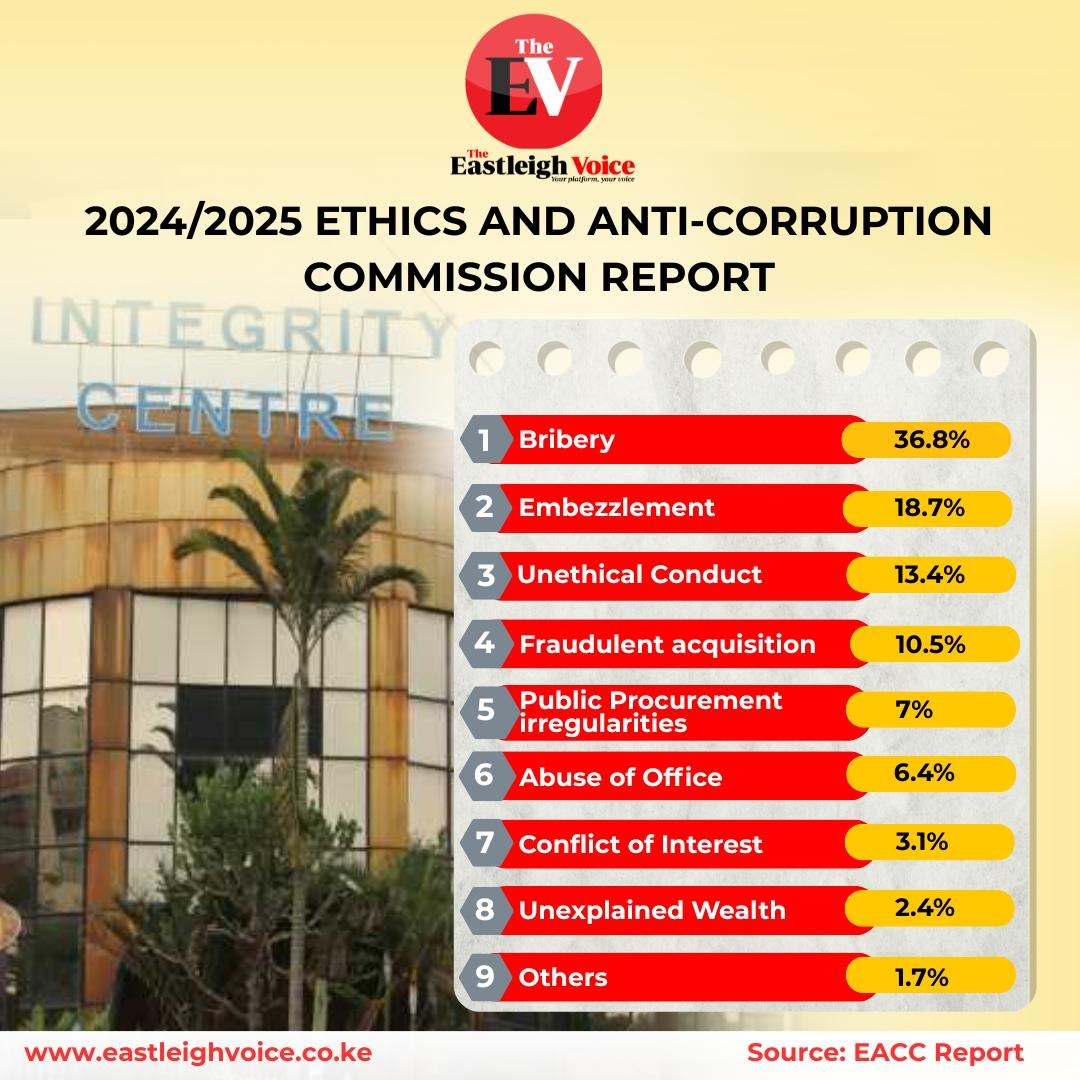Explainer: Understanding Mpox clades and the emergence of a deadlier strain
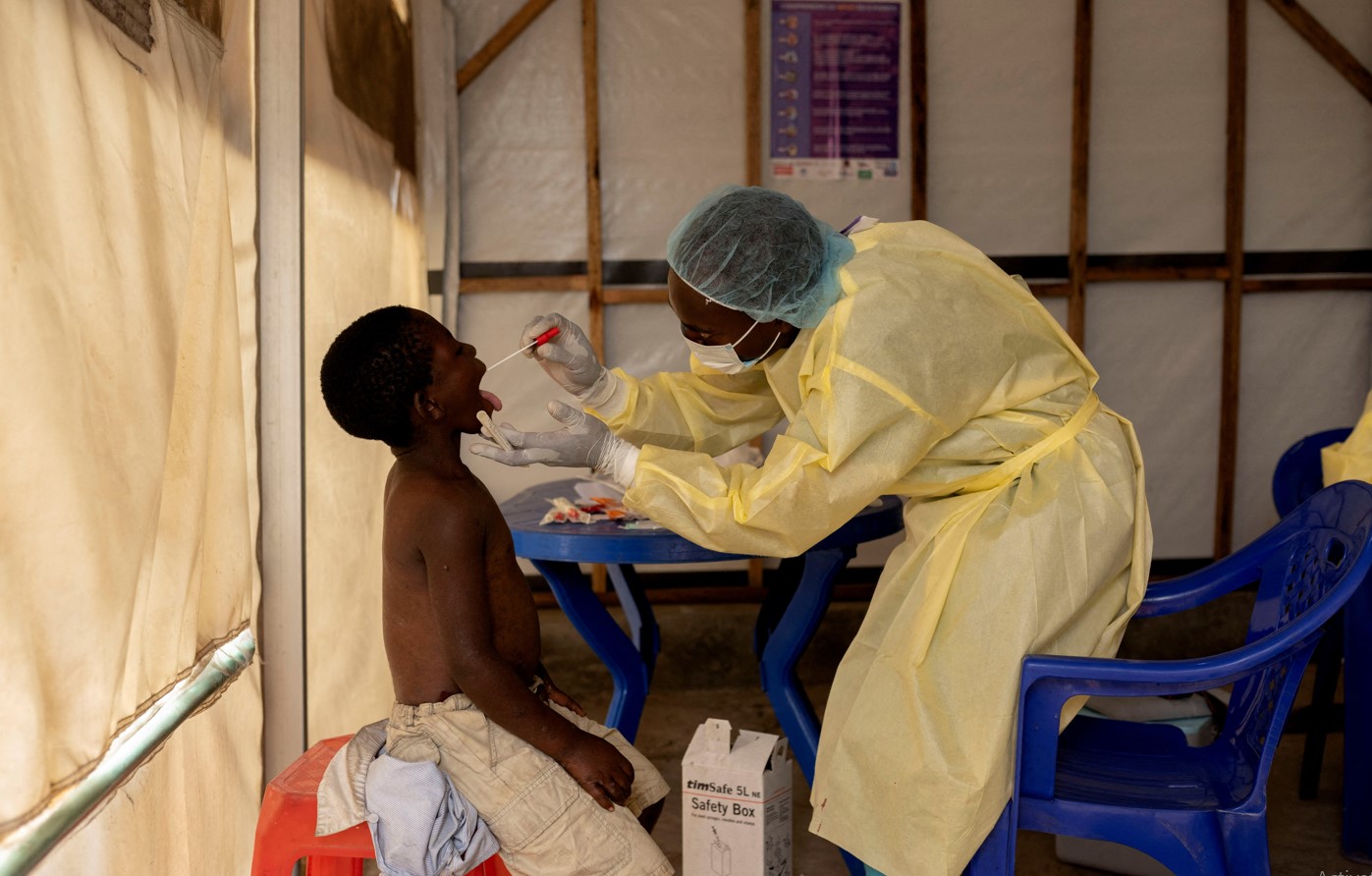
While Mpox can be transmitted from animals to humans, a recently identified lethal strain is now spreading from person to person.
Mpox, formerly known as monkeypox, is a viral disease that has been increasing in severity across various parts of Africa, with the Democratic Republic of Congo (DRC) being the most severely affected.
Mpox belongs to the same family as the smallpox virus. Those infected with it develop a rash, fever, and other symptoms.
More To Read
- Long-distance drivers decry being forced to take Mpox vaccine, demand voluntary participation
- Somalia issues nationwide alert as hepatitis cases surge
- MoH says Kenya fully stocked on vaccines as Sh4.9 billion allocation secures future supply
- DRC to receive 200,000 Mpox vaccine doses from Gavi amid record outbreak
- Congo to get Japan's mpox vaccine for children from next week, Africa CDC says
- DR Congo mystery illness: What we know
While Mpox can be transmitted from animals to humans, a recently identified lethal strain is now spreading from person to person.
Mpox, caused by the monkeypox virus, is classified into two primary clades based on geographical distribution and disease severity: Clade I and Clade II.
Clade I:
Geographic Distribution: Endemic to the Congo Basin in Central Africa.
Mortality: This clade is more virulent and severe compared to Clade II. It has a higher mortality rate, approximately 3 per cent. This indicates that three out of every hundred persons who become sick may die.
Symptoms: Infections from Clade I can lead to more severe symptoms, including widespread skin rashes and a higher likelihood of complications.
Clade II:
Geographic Distribution: Endemic to West Africa.
Global Outbreak: This clade was responsible for the global outbreak that began in 2022. It spread widely across different countries but caused less severe illness than Clade I.
Mortality Rate: Clade II has a much lower mortality rate, with over 99.9 per cent of infections resulting in survival. This suggests that most people infected with Clade II recover from the disease.
Symptoms: While Clade II still causes rashes and other symptoms, these tend to be less severe than those caused by Clade I.
A newly identified and more dangerous variant of Mpox, known as Clade 1b, has emerged recently, more lethal than the previous clades
Clade 1b
Emergence: Clade 1b was first detected in the Democratic Republic of the Congo (DRC) in 2023. This new variant represents a more severe form of the disease compared to earlier strains.
Increased Mortality Rate: This strain has a significantly higher mortality rate, approaching 10 per cent. This means that approximately 10 out of every 100 individuals infected with Clade 1b may die from the disease, making it much deadlier compared to other variants of Mpox.
Spread and Impact: Clade 1b has rapidly spread to other African countries since its discovery in the DRC. This swift geographical expansion has raised considerable concern among health authorities and the global community. The spread of Clade 1b not only poses a higher risk of severe illness and death but also challenges public health responses and containment efforts.
Significance of the Outbreak: The emergence of Clade 1b is alarming because it indicates a new level of threat. Its high mortality rate and rapid spread make it a critical focus for health officials, who must work to control the outbreak, develop effective treatments, and prevent further transmission.
Clade 1b of mpox is more deadly and easily transmissible than earlier strains. The Africa Centers for Disease Control and Prevention (Africa CDC) has categorised the situation in Central Africa as "high risk."
First identified in the Democratic Republic of Congo in September 2023, the Clade 1b strain has since spread to Cameroon, the Central African Republic, Rwanda, and, as of early August 2024, has also been reported in Uganda and Kenya.
Clade 1b results in a more severe illness, including extensive skin rashes, unlike other strains where lesions are typically limited to the mouth, face, and genitals. Both clades are transmitted through close contact with an infected person, including through respiratory droplets and sexual contact, although Mpox is not classified as a sexually transmitted infection (STI).
The Democratic Republic of Congo has been especially hard-hit by Clade 1b, with more than 13,000 reported cases. Most fatalities, accounting for 85 per cent, have been among children under 15 years old, who also represent 68 per cent of the cases. In addition, males are more frequently affected, comprising 73 per cent of the reported cases.
According to the Africa CDC, as of July 28, 2024, there have been 37,583 cases and 1,451 deaths across 15 African Union Member States: Benin, Burundi, Cameroon, Central African Republic (CAR), Congo, the Democratic Republic of the Congo (DRC), Egypt, Ghana, Liberia, Morocco, Mozambique, Nigeria, Rwanda, Sudan, and South Africa. In 2023 alone, 14,957 cases and 739 deaths were reported from seven AU members, a 78.5 per cent increase in new cases compared to 2022.
Since the start of 2024, there have been 14,250 cases (2,745 confirmed and 11,505 suspected) and 456 deaths reported from 10 AU countries: Burundi (8 cases; 0 deaths), Cameroon (35 cases; 2 deaths), CAR (213 cases; 0 deaths), Congo (146 cases; 1 death), DRC (13,791 cases; 450 deaths), Ghana (4 cases; 0 deaths), Liberia (5 cases; 0 deaths), Nigeria (24 cases; 0 deaths), Rwanda (2 cases; 0 deaths), and South Africa (22 cases; 3 deaths).
This represents a 160 per cent increase in cases and a 19 per cent increase in deaths compared to the same period in 2023. The DRC accounts for 96.3 per cent of all cases and 97 per cent of all deaths reported this year. Chad has also reported 24 suspected cases with no confirmed cases this year.
Kenya and Uganda have recently been added to the list, with Kenya reporting three cases and Uganda reporting one case.
The Ministry of Health in Kenya has implemented several measures to contain the virus, including washing clothes and linens, avoiding contact with individuals diagnosed with Mpox, wearing face masks when near symptomatic people, using protective equipment when managing suspected cases, and enhancing surveillance at border points.
According to the Centers for Disease Control and Prevention (CDC), there is no specific treatment approved for Mpox virus infections. For most patients with intact immune systems and no preexisting skin conditions, supportive care and pain management are usually enough for recovery without additional medical treatment. Symptoms typically last between two to four weeks.
Top Stories Today

